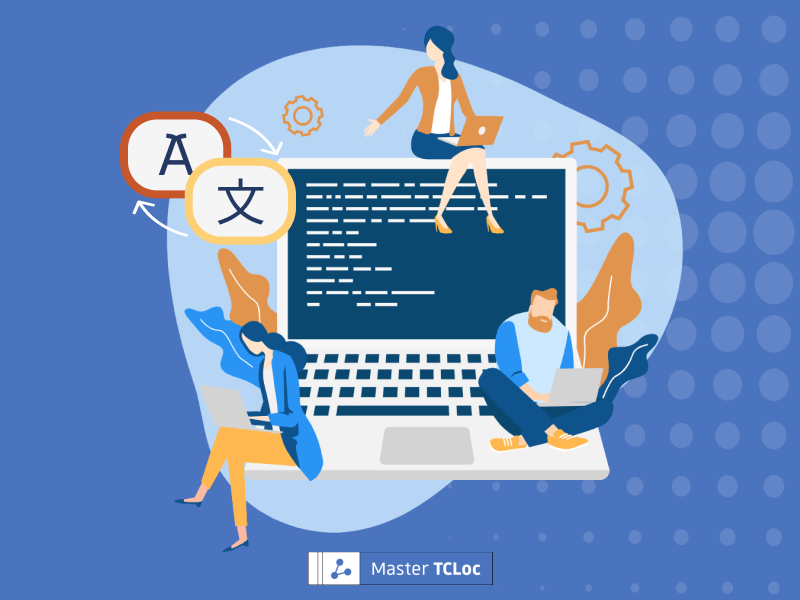Let’s imagine you are a technical communicator at a software company and you have just changed your output format to a locally installed browser-based help in HTML5. The question is almost inevitable: Why not make it accessible online? Intelligent information will come into play. First of all, you will have to answer the question of where to put it online since there are so many options available: different homepages or servers for marketing,support, knowledge base, training, customer exchange portal,… Now, if you have already lost track of all those separate access points or rather information silos – how will your customers feel?
Content Delivery Portals for Intelligent Information
The reasons to opt for a new way of delivering content can be diverse: be it a centralized, modern way of user communication or requirements of a complex scenario in the machinery industry. These days, Content Delivery Portals (CDP) seem to fit the individual information needs of the users perfectly. Sometimes referred to as “Information 4.0“ or described as “shopping“ for information like you would do on a site such as Amazon, CDPs deliver the right content to the right person at the right time regardless of the device. To get familiar with the basic concepts and functionalities of CDPs, visit the Intelligent Information Blog.
Challenges for Technical Communicators
Even though the relatively new technology of CDPs has now established itself on the market, this will not come as an out-of-the-box, ready-to-use solution. On the contrary, your documentation department will most likely face many challenges to first implement and then run the system on a daily basis, including cooperation with other departments. Let’s put the puzzle pieces together and see what this means for technical communicators.
Modularization
Say goodbye to the document as an information unit — they are the silo within the silo. For many, modularization for single source publishing purposes is nothing new. Still, you might need to review all of the existing material with a new focus on targeted publishing. Others will need to introduce modularization from the beginning.
Classification
Without the document as a framework for your information, the new context giver is metadata: data about data. This tells you to which product, variant, version a product belongs, for example.Collecting and managing metadata to classify your information units can be quite a challenging task which has already called for new solutions on the market. If you’d like to know more, you can read about the new iiRDS standard that has been published recently.
Access Provision
The term “access points“ now focuses on services and functionalities concerning the media consumption habits of the user, e.g. seamlessly via smartphone, tablet and computer. Many questions concerning the user experience also arise: technical communicators now need to consider things like search engines, supported browsers, server configuration, download functionality, versioning, custom settings by the user and many more.
Parameterization
Using parameters, content can be tailored in such a way that it is personalized to the needs of the user. This reduces search hits (based on metadata) only to the products, skills, language, context, etc. that are relevant for the user. Parameters need to be created either manually by the user or automatically using sales information. One solution can be to implement user profiles with authentication.
Process Integration
Since the content still comes from an authoring tool, you need to care about all the interfaces, tools, file formats and processes your CDP is going to interact with.
Optimization
Last but not least, don’t forget to add analysis and feedback functions. Generations Y and Z are used to sharing their comments, so you should get used to collecting and processing them and using analysis features to optimize your content.
Keep Your Knowledge Updated for Intelligent Information
In some companies, technical documentation might seem like one of the last areas where digitalization finally starts to kick in. This latency may bring the advantage of a broader view and thus the possibility to aggregate information in a heterogeneous information landscape. However, the efforts it requires from technical communicators should be underestimated. Also, digitalization is subject to constant change and the market and technologies are still evolving. Finally, a commitment to up-to-date communication channels should also mean keeping up with the latest developments yourself.
If you’d like to know more, you can learn directly from the experts! Enroll with the TCLoc Master’s program to meet and learn from industry leaders, like Ray Gallon in the field of new technologies or Chris Raulf in SEO Marketing.



